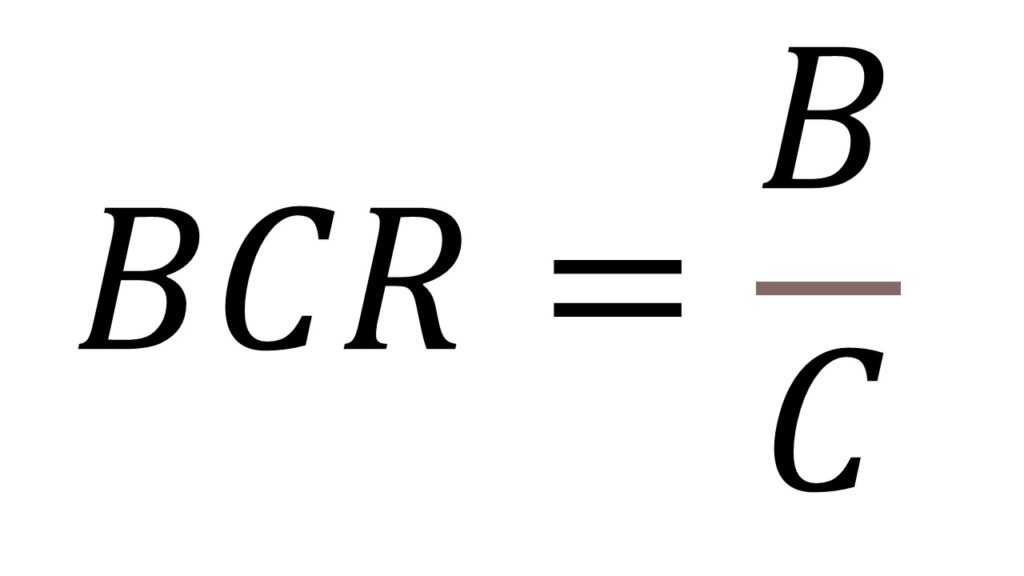Aquaculture is full of products and services that are supposed to do wonders for your shrimp. Different feed, additives, genetics, automation, immune system boosters, probiotics, biorremediators, filters, oxygenators, or consulting services that promise to give you a new management technique that will increase all your performance indicators, and a large list of etc.
The reality is that, even though all said products probably do increase performance and benefit your production in some way, sometimes their cost does not justify the inversion, which leads to producers feeling that they have been hacked and tech developers frustrated because they know their product works, but don’t know how to price it, losing clients and credibility as they go on.
Moreover, in most cases, all the benefits of these products and services are backed up by science, mainly biological sciences, where they show how, indeed, their product improves growth when compared to the competition, or their genetics have a significant survival increase compared to other lines, and the science is solid, but what both farmers and tech developers lack most of the times, is an economic analysis or indicator that can provide the information needed by the farmer to know if, indeed, this product is best for their farm.
We could then say, “well, then tech developers should go ahead and provide an indicator along with the rest of with their product description”. Even though that would be amazing, it is not that simple since different managements and farms have different objectives and challenges, and therefore, the economic impact of the product will vary. So the burden of doing the numbers to select the best option for their system is on the farmer.
In our previous installment, we described the steps to follow in case we want to invest in a brand new shrimp farm, so we talked about the things that needed to be considered when we started from scratch, but what if we already have a farm but would like to consider installing automatic feeders, or we want to know if we should buy a new drug in the market that would increase my survival?
Along the following lines, we’ll try to present some options for analyzing and selecting the elements that will best fit our objectives. We will focus mainly on one technique that can have several different forms: the cost-benefit analysis.
The cost-benefit analysis
As its name states, this approach focuses on determining the impacts that our investment would have on the costs and benefits of the farm. There is no single way to conduct a cost-benefit analysis, but we’ll try to present the most general approach and then provide an example of its use in shrimp aquaculture.
First, we need to consider what are we buying, how does it impact our farm (positively and negatively), and finally, how does that impact our profit function, that is, how does this new implementation increases or decreases our revenue, and how does it increases or decreases our costs.
Second, we need to model the observations made; for better results is best to start with a graphic (or conceptual) model representing the relationships in our farm and how these relationships are affected by the new implementation. Once we have this picture, we should assign some numerical indicators to each of the observed components, with particular care for those element s that presented some kind of modification associated with the new implementation. Then, we must “translate” all the observations and numerical indicators into economic terms, therefore, assigning tangible impacts on costs and benefits.
Finally, we can use a simple subtraction to observe if the benefits outweigh the costs, or we can use other kinds of indicators, like the benefit-cost ratio or BCR

Let’s remember from our previous post that there is a value of money over time that needs to be accounted for, so all costs and benefits used in the analysis should be introduced in their present value. With this in mind, B represents the discounted incremental benefits, that is, the present value of the benefits obtained from this new implementation. C is the discounted value of incremental costs, which means the costs incurred from the application of the new implementation.
The bigger the value of the BCR, the better the investment is. Values superior to 1 can be considered suitable investments, while values inferior to 1 should disregard the investment in the new implementation.
Although simple to understand, this technique is a potent tool if well performed. The main difficulty lies in a reasonable determination of the incurred costs and improved benefits. If this is done correctly, a cost-benefit analysis will allow performing benchmark analyses, which are crucial to deciding whether to invest or not in a new implementation.
Example: which genetic line is best for my farm?
To best grasp the power and application of a cost-benefit analysis, let’s do an example of its implementation in the decision of selecting between using two different genetic lines, one with high disease resistance but slower growth, and another one with high growth and lower resistance to disease outbreaks.
First, we need to determine how these genetic lines can affect our profit function. On one side, higher growth will mean bigger shrimp in a shorter period of time, but let’s remember that this growth comes hand in hand with an increase in feed demand, which will increase our total production costs. The high resistant strain will, in turn, have better survival, which will positively impact the final biomass, but growth is slower, and it takes more time to achieve market size. Although feed demand is smaller, the fact that they spend more time in the pond and survival is higher might make feed demand similar to the high growth strain. We can also present these relationships in a graphic form, for example, as we did in our bioeconomics article.
Remember that it’s not necessary to model the whole production nor all the performance of all the farm; you only have to model the things that are affected by this new implementation. For simplicity, we will only look into what was described earlier, but you also need to look into other aspects, like energy consumption due to higher oxygenation when using higher densities or any increase in water exchange. So now let’s suppose we observed or model some of the information needed and obtain the following results
| High survival | High growth | |
| Density (shrimp/m2) | 600 | 300 |
| Harvest size (gr) | 24 | 30 |
| FCR | 1.7 | 1.1 |
| Survival | 90% | 70% |
| Days produced | 100 | 90 |
| Price (USD/kg) | 8.75 | 9.25 |
| Feed cost (USD/kg) | 0.8 | 0.8 |
| Seed cost (USD/thousand PL) | 41 | 61 |
As you can see, with the higher survival strain, we can use higher densities and obtain better survivals, but the FCR and the production time increase when compared to the high growth strain. Furthermore, we can obtain bigger shrimp with the high growth strain competing for higher prices in the market, but the seed has a higher cost when compared to the high survival strain. Since both lines have pros and cons and the output is not that clear to see, we need to translate all this information into two indicators, revenue and costs. Since we can change strains in each production cycle, the investment-time panorama is equal to the number of days of production, but when studying other implementations, like new technologies, we need to widen the investment-time panorama to the number of years that said the technology would give service.
Assuming a 13% annual discount rate, we obtain the following results:
| High Survival | High Growth | |
| Discounted incremental cost (USD/m2) | $ 98.04 | $ 34.93 |
| Discounted incremental revenue (USD/m2) | $109.43 | $ 56.44 |
| Profit | $ 11.39 | $ 21.50 |
| BCR | 1.12 | 1.62 |
As you can see, revenue is bigger for the high survival strain, but so is cost. In both cases, BCR is superior to 1, indicating that both investments are good, but in this example, BCR for high growth is higher, indicating that, in this case, and for this particular farm, the high growth strain is a better option than the high survival.
We would want to remark that the numbers presented are nothing but an example. To obtain a real solution for the best genetic strain on your farm, you need to obtain indicators specific to your production. Furthermore, there are other elements that can (and should) be included in the analysis, for example, risk, which can change the values of BCR or other economic indicators used.
The same strategy of the analysis showed in this example can be performed for any new implementation by benchmarking two different approaches or a new implementation vs. the status quo of the farm.
